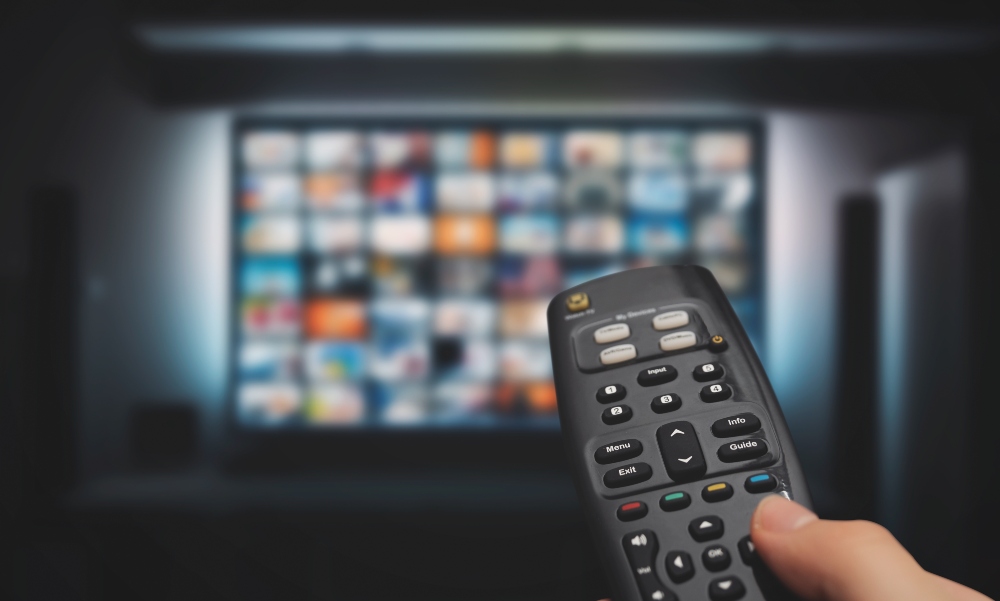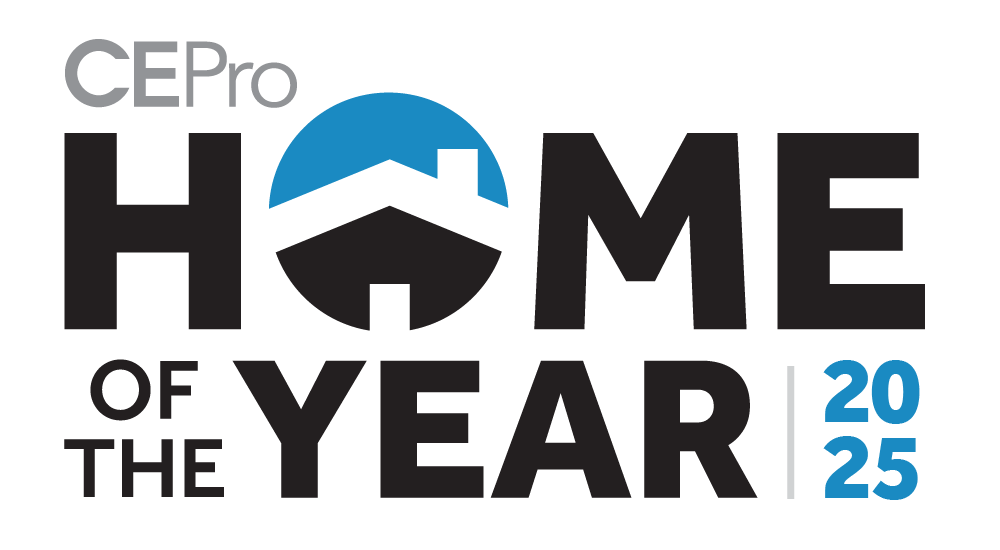Another market report, this time from entertainment platform TiVo, finds that consumers are cutting back on the entertainment and streaming services spending despite consuming the same amount of content.
According to the company, which has historically offered DVRs but has been expanding to streaming media players and smart TV operating systems, consumers decreased their 2024 Q4 entertainment spending nearly $20 year-over-year. In addition, the average number of services used fell from 11.1 to 9.8 over the same period.
Perhaps this reflects a tightening of the belt as economic factors weigh on consumers’ wallets, as this is the first time since before 2021 that the average monthly entertainment spend dropped below $160. Spending peaked in 2022 with an average spend of $189.38, the company says in its Q4 2024 Video Trends Report.
Content Consumption Plateaued in 2024 Q4, According to TiVo Report
Cancelling streaming services, bundling, or switching to cheaper add-supported offerings is not a new trend. Streaming services are only getting more expensive and restrictive with password sharing, so consumers are increasingly looking for savings.
According to TiVo’s report, consumers are on the hunt for value in their entertainment services. Among those who cancelled such a service within the last six months, 17% said they did so because they weren’t using it enough, with nearly the same percentage saying it was because the service became more expensive.
“This decrease, paired with a plateau of hours spent watching video, highlights that consumers are spending the same amount of time consuming content but on fewer services across linear and streaming,” asserts Xperi-owned TiVo, per the report. “This points to a reprioritization of how and what consumers chose to spend their time on, indicating a migration towards value.”
Because of this desire for value and richer content libraries, consumers are willing to put up with more ads, as ad tolerance rose year-over-year from 75.3% to 76.2%.
Consumers trimming down their streaming services tracks with other trends CE Pro has covered lately, but TiVo’s report reveals another trend we’ve been hearing: cutting the cord isn’t as popular as it used to be. In fact, the number of users planning to cut the cord declined 2% year over year.
Sports Streaming Frustrations Boil Over
The reason, according to TiVo, is simple: pay TV is less restrictive than trying to manage disparate streaming services and fragmented access to live events. Sports, unsurprisingly, was a big focus for consumers who opted to stick with cable.
This is a giant pet peeve of mine. I’m a Boston sports fan, so I’m obsessively compelled to watch Boston sports, especially the Celtics over the last few years. There is hope on the horizon thanks to Peacock adding regional sports networks to its offerings, but before that, I was largely unable to watch my favorite basketball team—at least legally. League streaming services typically blackout in-market games, and other streaming services required a pay TV login. For a while, the only option was a live TV offering like cable, Hulu Live or YouTube TV, which are about as expensive as cable and defeat the purpose of cutting the cord.
It was frustrating that I couldn’t pay a reasonable monthly fee to watch the Celtics. My options were either to pay at least $80 a month for streaming TV or cable, or find an illegal stream. I was more than willing to spend something around $30 a month just to watch the team, but that didn’t exist anywhere.
Consumers reflected in TiVo’s report shared my frustrations, with 58% saying they were unable to watch specific sporting events due to a lack of access through their streaming services. About half of those respondents said that was frustrating, and more than a third of them say this happens at least a few times each month.
Sports Streaming Landscape Plays Heavily into Pay TV’s Favor
Pay TV might just be the best way to watch sports these days, as 40.3% say pay TV is their preferred way of watching sports. However, they’re often forced to have a few others on deck in the event that their service doesn’t carry the game they want to watch, as viewers average 2.4 services to watch their favorite sports.
Nearly 40% say it’s a hassle to locate where to watch their sport or team, and about 38% say they’d be willing to pay extra to watch their favorite sport. But again, I ask, “How much extra?”
This frustration is boiling over so much that some fans (37.6%) just simply skip the game and miss out on rooting for their team. Others take their money elsewhere and go to a sports bar or restaurant (23%) and some head to a friend’s house (22.9%).
However, some fans do choose to temporarily subscribe to a streaming service and cancel it after, which is something I might end up having to do so I can watch the rest of NBA playoffs. Interestingly, almost 17% say they don’t even bother with streaming and cable and listen to the game on the radio.
If watching an illegal stream were an option in the survey, I’m willing to bet that would be rather high. I’ve done it, many others have done it, and it will continue to happen if sports streaming remains this frustrating. Like I said, there are many people who would gladly spend a reasonable monthly price to watch in-market games, but that rarely exists.
I’m ending my sports streaming rant before I blow a gasket.
Additional Highlights from TiVo’s Streaming Market Report
TiVo’s report also touches on in-car entertainment, which has seen a 6% year-over-year increase as more people turn to video while in the car. Among those who watch video in the car, 75.1% do so at least a few times a month.
Streaming services are increasingly cracking down on password sharing, which is impacting more than a third (34.6%) of consumers who admit to sharing login credentials.
When it comes to release strategies, viewers indicated a strong preference for binge-watching, with about half saying they favor streaming services that release an entire season at once, compared to just 19.0% who prefer a weekly episode rollout.
On the advertising front, 41.6% of consumers said they prefer personalized ads regardless of the platform. This growing demand for relevant ad experiences highlights the increasing pressure on advertisers to deliver high-quality, engaging content, whether through traditional linear TV or connected TV (CTV) platforms.
Keep Reading:
See why Trade Desk wants to make their own TV OS
Hear what one expert is saying about how quantum computing could transform streaming
Or find out why targeted advertising seems to be the next evolution for TVs
















